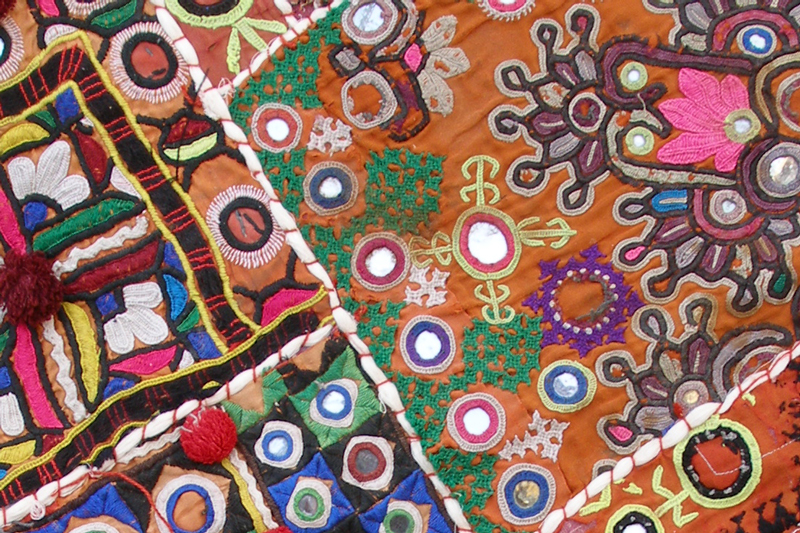
Women in the Studio: Creativity, Control, and Gender in Popular Music Sound Production by musician, producer, and author Paula Wolfe provides ample contribution in the journey towards uncovering the manifestations of gender inequality in the business, production, and artistic spheres, as she showcases nearly two decades of active study in the field, drawing upon case studies and previous academic research, as well as a wide range of interviews from diverse perspectives.
The work done by Paula Wolfe is, as similarly stated by Yngvar Kjus in his review of the book, exceedingly comprehensive and unequivocally exhaustive1, leaving no stone unturned in the pursuit of gender inequality research in the music industry, thoroughly showcasing and analyzing the strategies used by women in artist, producer, and industry chairs to circumvent the barriers that they face in both their professional and personal creative spheres.
Not only does Wolfe allow her nearly two decades of life experience as a working musician, songwriter, and producer in the music industry to give her what she describes as an ‘insider’ perspective and sense of comfort and ‘confidence’3 when interviewing, she also employs the experiences and testimony of multiple different generations of active female industry professionals. In her words, “my interest [in doing so] encompasses both the ‘societal’ and ‘cultural’ in that my employment of generational markers to categorise the women in the study permits me… to discern the impact of technological advances on the skill building activities of an aspiring female producer within a specific context.”3
This is a key factor that is often left out in the road to understanding, discovering and analyzing the ways in which these gendered spaces and attitudes have evolved, or remained static overtime. It recognizes the way in which recording and production techniques and their respective technologies have developed over time and allows her to put forward a unique perspective on some of the reasons for the growth in “self-production practices”3 among female producers and artist-producers.
While the book is often diverse in its extensive methods of research, it does seem to be somewhat lacking in inclusion when it comes to the topic of intersection between race and gender. Although briefly touching upon the reality of the “white, male domination” within the music industry, the approach taken in its analysis of the lack of diversity within the field was somewhat separative. While it did discuss the absence of socioeconomic and racial diversity alongside a discussion of imbalance in gender representation, it ultimately addressed the issues individually, almost completely omitting any statement from members with intersecting identities. Both issues are essential topics, yet by dividing them into two different categories, it could be argued that the full picture of intersectionality is lost, as in reality, society does not allow for this separation of identity when it comes to women of color.
Ultimately, I think that I would be most likely to recommend this book to music professionals and scholars in the academic field. While the content was interesting to read, especially for someone like myself who identifies as a burgeoning artist-producer, the intense academic language and density of the book could make it rather inaccessible for the everyday reader, depending on their level of interest. I myself am an avid reader and still struggled with some comprehension of the material towards the beginning of the book, and found myself having to reread the occasional sentence over.
The material is detailed and comprehensive, and in my opinion, operates as a crucial contribution to the imperative overall study and reflection of gender in and out of the recording and home studio, as well as within the music industry as a whole. Furthermore, while it adds important information to the field of study, it still manages to leave room for further exploration; As stated by Wolfe in reference to contemporary British novelist and feminist author Fay Weldon, the need for “the telling of the tale”2 continues to persist in the field of music and sound production.
1. Kjus, Yngvar. “Women in the Studio: Creativity, Control, and Gender in Popular Music Sound Production. by Paula Wolfe,. Abingdon: Routledge, 2020. 224 Pp. ISBN 9781472474872.” Popular Music 39.2 (2020): 373-5. ProQuest. Web. 17 Nov. 2022.
2. MARA REISMAN (2011) The Shifting Moral Ground in Fay Weldon’s Fiction, Women’s Studies, 40:5, 645-671, DOI: 10.1080/00497878.2011.581551
3. Wolfe, P. (2019). Women in the Studio: Creativity, Control and Gender in Popular Music Sound Production (1st ed.). Routledge.





